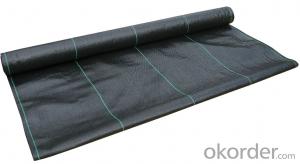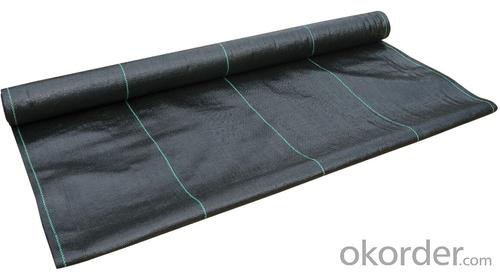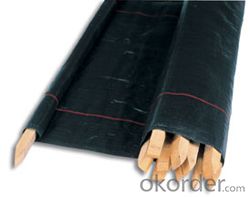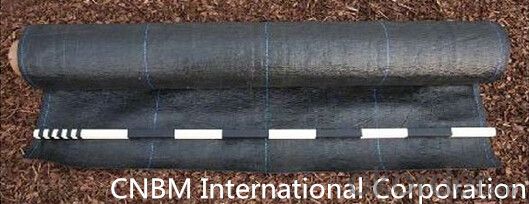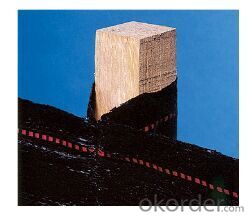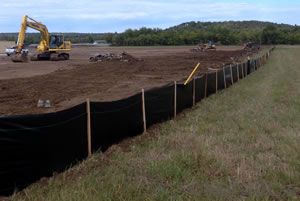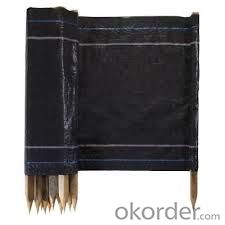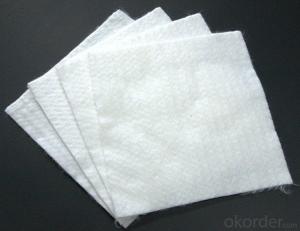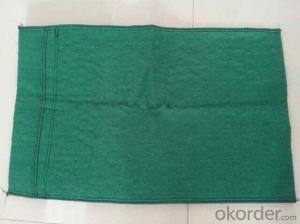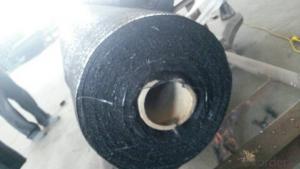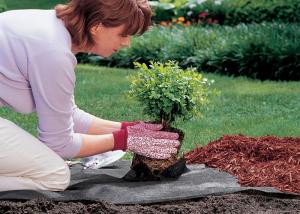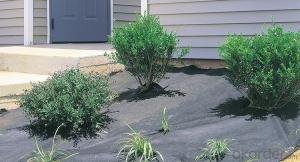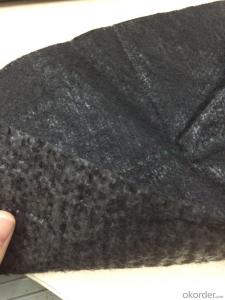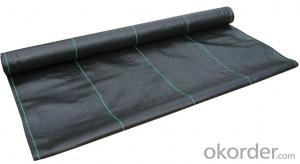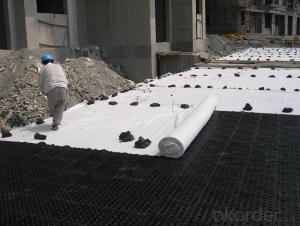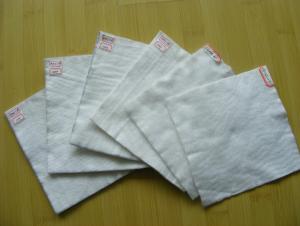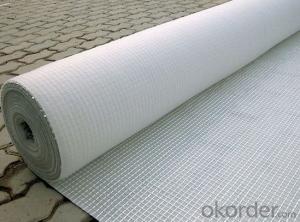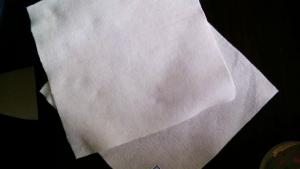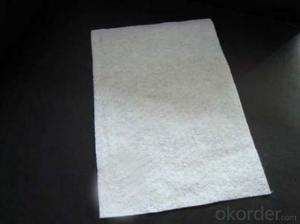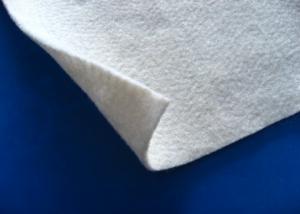Type 1 Geotextile Fabric Silt Fence with Wooden Stake/Woven Fabric
- Loading Port:
- Qingdao
- Payment Terms:
- TT OR LC
- Min Order Qty:
- 500 roll
- Supply Capability:
- 100000 roll/month
OKorder Service Pledge
OKorder Financial Service
You Might Also Like
1.Weed Barrier Fabric Description:
Weed Barrier Fabric, is a structure composed primarily of geotechnical fabric and that is used as a form of sediment control.These temporary barriers are relatively low in cost, especially when compared to the damages they can prevent. They keep loose soils from traveling into local bodies of water and they also minimize the impact that various forms of development can have on surrounding wildlife.
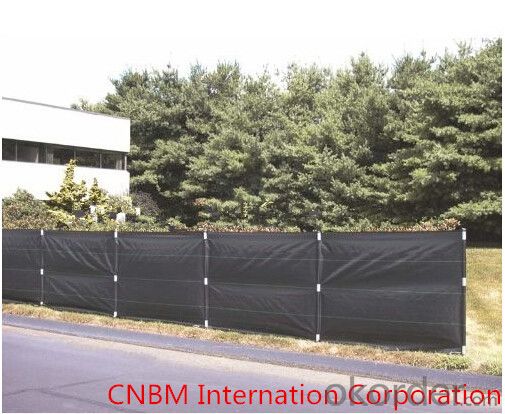
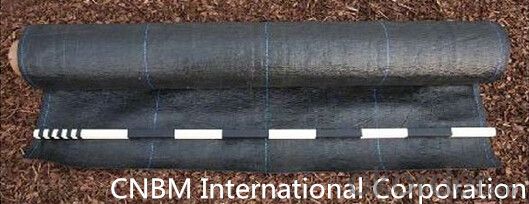
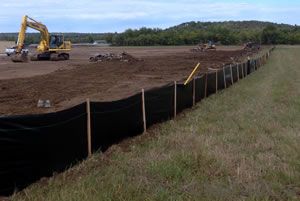
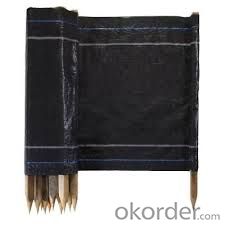
2.Weed Barrier Fabric Functions and Features:
1)Excellent weed control
2)Excellent UV resistance
3)Moisture,fertilizers,air reach plants to allow for healthy soil
4)Good water and air permeability
5)Exceptional toughness and strength
6)Durable,tear-resistant,anti-rot and anti-mildew
7)Light weight,easy to install,follows natural ground contours
8)Ideal for use in landscaped beds,under decks and walkways
9)Fashionable design,high quality,competitive price
10)Long service life
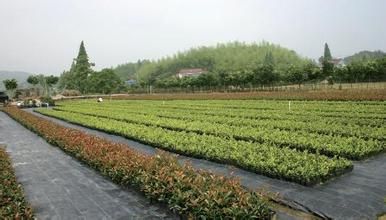
3. Weed Barrier Fabric Usage:
1.Prevent leakage disposal in landfill or waste water or waste dregs disposing field.
2.River bank ,lake dam ,mine remainings ,resevoir ,tunnel ,liquid storage pool(pit ,mine)
3.Preventing leakage in subway ,basement ,tunnel ,hole .
4.Anti-salt leakage in roadbed and other ground sill.
5.The plane direction laying of dam ,the vertical direction laying for ground sill.used in the construction fence and waste material field.
6.Used in ground sill of road ,highway ,railway and waterproof layer of welling clay and wet collapsed loess.
7.Preventing leakage on rooftop.
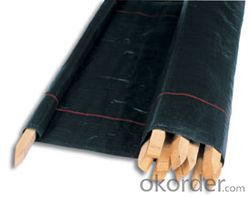
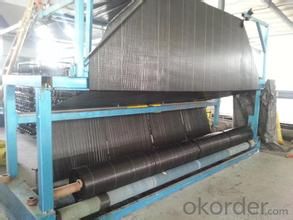
4. FAQ:
Q1: What is your minimum order quantity?
A:The minimum order quantity is 5000 ,but it is negotiable.
Q2:What is your payment terms?
A: T/T,Western Union,Paypal,L/C...
Q3:What is your delivery time?
A:Production time usually costs 2-20 days.
Waiting to cooperate with you!
- Q: Are geotextiles suitable for use in erosion control blankets?
- Yes, geotextiles are suitable for use in erosion control blankets. They are designed to provide soil stabilization, prevent erosion, and promote vegetation growth. Geotextiles offer effective erosion control by preventing soil movement while still allowing water infiltration.
- Q: What are the factors to consider when designing geotextile-reinforced walls?
- When designing geotextile-reinforced walls, several factors need to be considered. 1. Soil characteristics: It is important to assess the soil properties such as its strength, permeability, and compaction. This information helps determine the appropriate geotextile material and reinforcement spacing required for stability. 2. Wall height and slope: The height and slope of the wall impact the design of the geotextile-reinforced structure. Steeper slopes may require additional reinforcement layers or geogrids for increased stability. 3. Loadings and surcharges: The anticipated loads and surcharges on the wall, such as traffic loads or nearby structures, should be considered to determine the necessary strength and stability requirements for the geotextile-reinforced wall. 4. Water and drainage: The presence of groundwater or surface water must be evaluated as it can affect the stability and durability of the wall. Proper drainage systems need to be incorporated to prevent water buildup behind the wall. 5. Environmental considerations: The potential impact of the geotextile-reinforced wall on the surrounding environment should be assessed. This includes factors like vegetation, wildlife habitats, and erosion control measures. 6. Construction methods and access: The availability of construction equipment and access to the site will influence the choice of geotextile materials and construction techniques. Considering these factors ensures the geotextile-reinforced wall is designed to withstand the required loads, maintain stability, and have long-term durability.
- Q: Now geotextile price quota how?
- 2017 geotextile price cheaper than last year, the current price of raw materials is relatively stable production. Geotextile classification of many, you ask more general, so no way to give you a detailed offer. Different technical requirements are uneven prices, but the overall price has come down, and is now the lowest price since 2017.
- Q: What are the applications of geotextiles in road construction?
- Geotextiles have numerous applications in road construction, primarily in the areas of soil stabilization, drainage, and erosion control. They are used as a separation layer between the subgrade and the base course to prevent the mixing of different soil layers, thereby enhancing the stability and longevity of the road. Geotextiles also aid in improving the drainage system by allowing water to flow through the fabric while preventing soil particles from clogging the drainage system. Furthermore, they are employed to control erosion by preventing soil erosion from embankments and slopes, thereby maintaining the integrity of the road structure. Overall, geotextiles play a crucial role in enhancing the performance and durability of roads.
- Q: Filtering geotextile calculation
- Professional advice manufacturers, music built
- Q: Can geotextiles be used in the protection of underground cables and pipes?
- Yes, geotextiles can be used in the protection of underground cables and pipes. Geotextiles act as a barrier, preventing soil particles and fines from infiltrating the cables or pipes, thus reducing the risk of damage or blockage. Additionally, they provide support and reinforcement to the surrounding soil, minimizing the potential for settlement or shifting that could affect the underground infrastructure.
- Q: Geotextile use
- Geotextile is a new type of building materials, raw materials are polyester, acrylic, nylon and other polymer polymer synthetic fiber. In accordance with the manufacturing method is divided into: there are two types of geotextile and non-woven geotextile. Geotextile with anti-seepage, anti-filtration, drainage, isolation, reinforcement, protection, sealing and other functions, it with the conventional masonry and concrete material seepage effect compared to a low investment, simple construction process, short duration Infiltration effect is good, the channel effective use of high coefficient. Water conservancy engineering dams and slope protection filter, channel isolation, seepage control; road, railway, airport runway foundation isolation, filter, drainage, slope, retaining wall and road reinforcement, drainage; , Geotextile has been widely used in the field of infrastructure construction, and has been gradually applied in the field of infrastructure construction, and the use of geotextile In a wider area.
- Q: How do geotextiles aid in the reduction of seepage flow?
- Geotextiles aid in the reduction of seepage flow by acting as a barrier that allows the passage of water while preventing the movement of fine particles. This prevents the migration of soil particles and helps to stabilize the soil, reducing the potential for seepage flow.
- Q: How do geotextiles help in reducing the impact of heavy rainfall on soil?
- Geotextiles help in reducing the impact of heavy rainfall on soil by acting as a barrier between the soil and the water. They provide reinforcement to the soil, preventing erosion and soil displacement caused by the force of the rainfall. Additionally, geotextiles allow water to infiltrate into the soil and drain efficiently, reducing the risk of waterlogging and improving the overall stability of the soil during heavy rainfall events.
Send your message to us
Type 1 Geotextile Fabric Silt Fence with Wooden Stake/Woven Fabric
- Loading Port:
- Qingdao
- Payment Terms:
- TT OR LC
- Min Order Qty:
- 500 roll
- Supply Capability:
- 100000 roll/month
OKorder Service Pledge
OKorder Financial Service
Similar products
Hot products
Hot Searches
Related keywords
